Science
NASA’s Dead Satellite ‘ERBS’ Returns To Earth After 38 Years

(CTN NEWS) – On January 8, a 2.7-ton defunct satellite ‘ERBS’ crashed over the Bering Sea near the Aleutian Islands. While most of it burnt up in the atmosphere, NASA believes that some satellite components may have made it to the surface.
According to NASA, the Earth Radiation Budget Satellite (ERBS) reentered on January 8 at 11:04 p.m. ET, with Space Force’s Space Track confirming a reentry close to the Aleutian Islands.
The Space Shuttle Challenger had sent the 5,400-pound research satellite into orbit on October 5, 1984, where it had spent the previous 38 years.
Although the ERBS mission was only meant to continue for two years, it managed to work for 21 years before being deactivated in 2005.
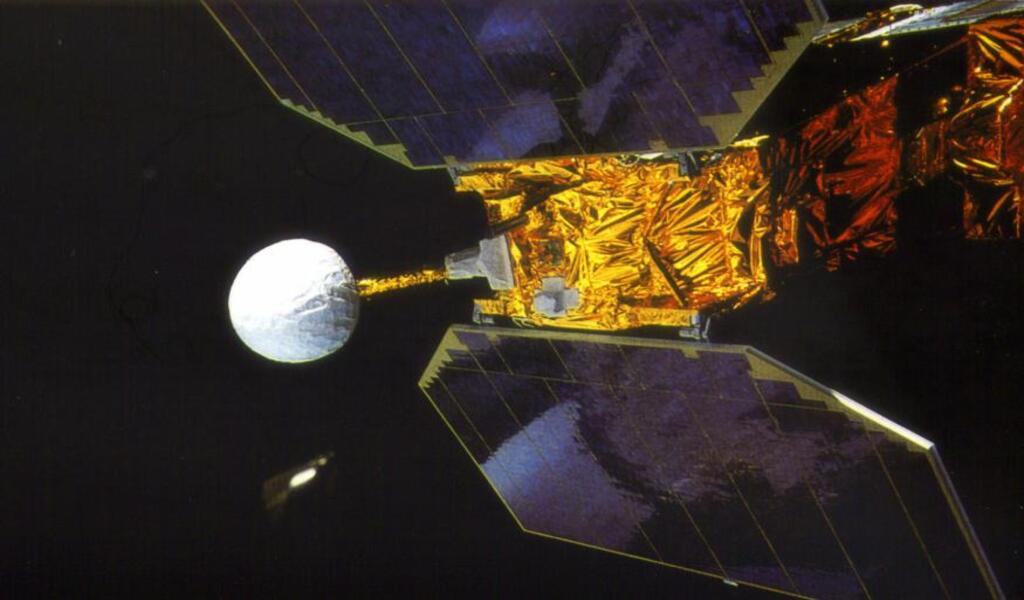
NASA
The Earth’s energy budget, or the equilibrium between the solar energy that our planet receives and the energy it radiates back into space, was studied by ERBS when it was in operation.
Measurements of stratospheric concentrations of water vapor, ozone, nitrogen dioxide, and different aerosols were made using three instruments on board the spacecraft.
According to NASA, ERBS improved our knowledge of climate and ozone layer health and directly led to the 1987 Montreal Protocol Agreement, which restricted the use of harmful chlorofluorocarbons (CFS).
According to the space agency’s statement, NASA “anticipated most of the satellite to burn up as it went through the atmosphere, but for some components to survive the reentry.”
Update: @NASA’s retired Earth Radiation Budget Satellite reentered Earth’s atmosphere over the Bering Sea at 11:04 p.m. EST on Sunday, Jan. 8, the @DeptofDefense confirmed. https://t.co/j4MYQYwT7Z
— NASA Earth (@NASAEarth) January 9, 2023
The likelihood of possibly dangerous debris reaching the ground was estimated in an earlier draught of this piece to be 1 in 9,400. No injuries or property damage have been reported due to the falling debris.
In terms of how long it took the satellite to deorbit after it was retired and the risk it posed to people on the ground, this most recent satellite reentry is an example of how things used to be done.
To reduce space debris and the likelihood of in-space accidents, the U.S. Federal Communications Commission announced a new five-year rule for the deorbiting of retired satellites in September 2022.
The “risk of human mortality from surviving components” should be less than 1 in 10,000, according to a 2019 update to U.S. government orbital debris mitigation standard practices.
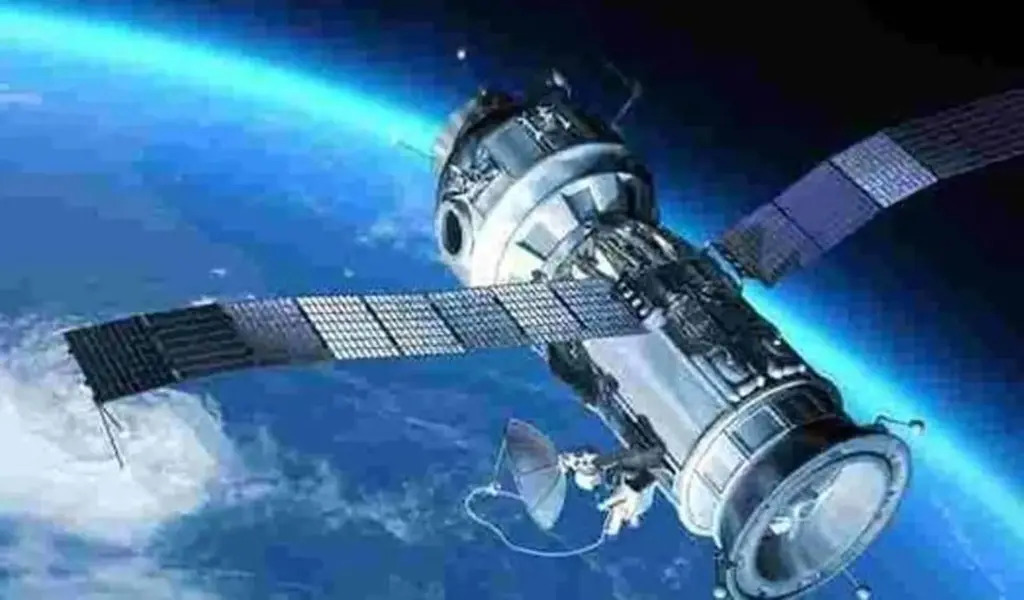
NASA
Both of these policies are broken by ERBS, but it’s clear that they weren’t in place when it was placed into orbit in 1984; these kinds of issues are still common among legacy spacecraft, but less frequently.
Or at least for domestic or foreign satellite and launch service providers who follow these rules.
Indeed, China intentionally made the Long March 5B rocket incapable of performing a controlled return, endangering property and human lives four times, the most recent of which occurred in November 2022.
RELATED CTN NEWS:

Science
NASA Switches Off Instrument On Voyager 2 Spacecraft To Save Power
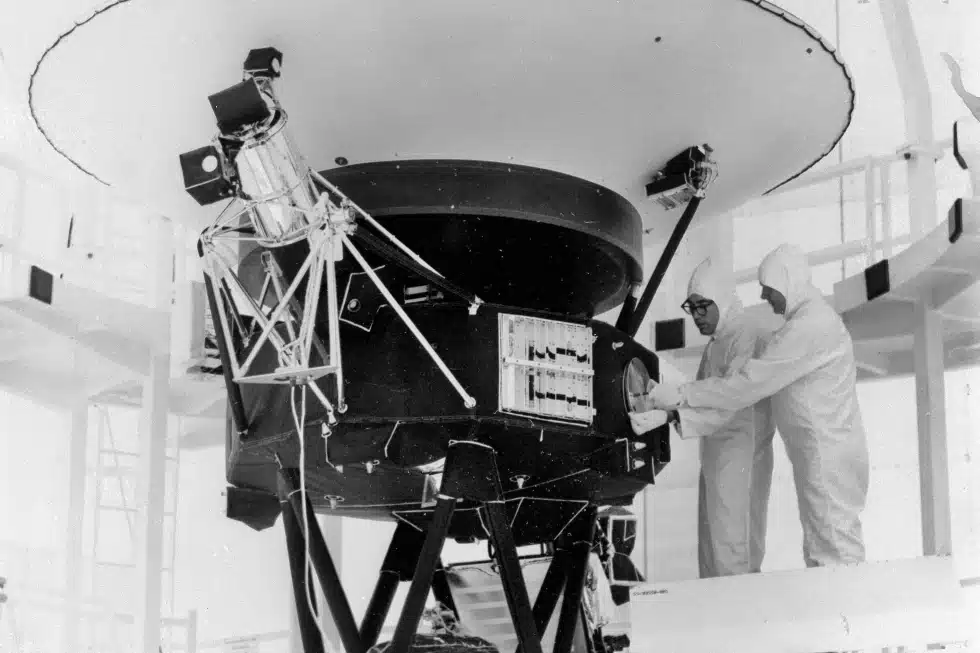
NEW YORK — To save power, NASA turned off another scientific equipment on its long-running Voyager 2 spacecraft.
NASA Switches Off Instrument On the Spacecraft To Save Power
The space agency announced on Tuesday that 2’s plasma science instrument, meant to study the movement of charged atoms, was turned off in late September to allow the spacecraft to continue exploring for as long as possible, which is estimated to be into the 2030s.
NASA turned off a suite of instruments on Voyager 2 and its twin, Voyager 1, after exploring the gas giant planets in the 1980s. Both are currently in interstellar space or the region between stars. The plasma instrument on Voyager 1 stopped working years ago and was finally shut off in 2007.
The remaining four instruments on 2 will continue to collect data on magnetic fields and particles. Its mission is to investigate the regions of space beyond the sun’s protective sphere.
NASA Switches Off Instrument On Voyager 2 Spacecraft To Save Power
It launched in 1977, is the only spacecraft to have visited Uranus and Neptune. It is now more than 12 billion miles (19.31 billion kilometers) from Earth. 1 is more than 15 billion miles (24.14 billion kilometers) beyond Earth.
SOURCE | AP
Science
Hurricane Kirk Could Cause Dangerous Surf Conditions Along The US East Coast
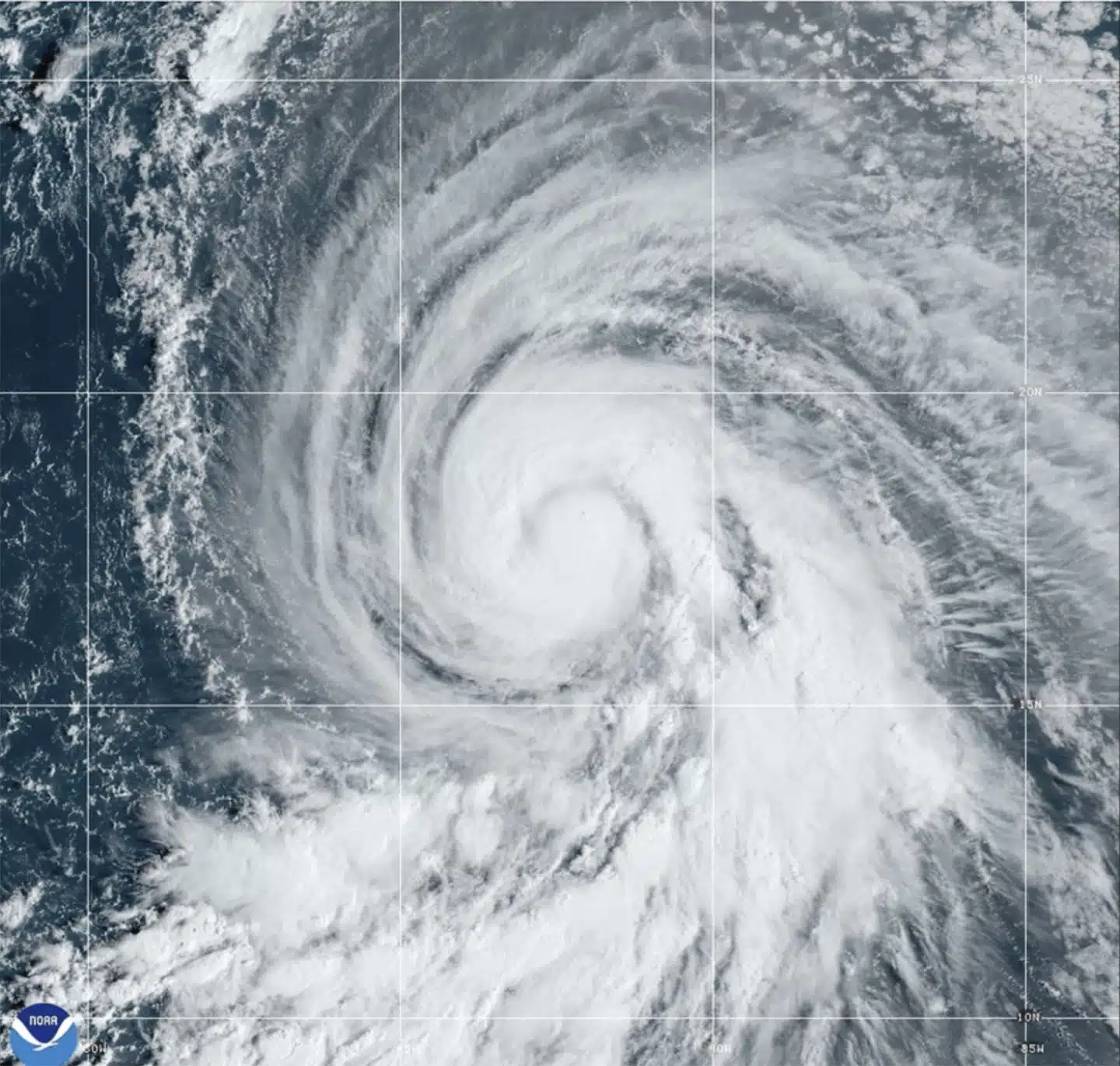
MIAMI — Hurricane Kirk’s waves could generate life-threatening surf and rip current conditions this weekend throughout the United States East Coast, as well as in Bermuda, the Greater Antilles, and the Bahamas, according to forecasters.
Kirk was a Category 3 hurricane in the middle Atlantic Ocean that might grow further but was predicted to stay away from land, according to the Miami-based National Hurricane Center on Thursday.
Hurricane Kirk Could Cause Dangerous Surf Conditions Along The US East Coast
Kirk-generated swells were forecast to reach parts of the Leeward Islands on Friday, Bermuda and the Greater Antilles on Saturday, and the East Coast and the Bahamas on Sunday, according to the center.
No coastal watches or warnings were in effect. The major storm was around 1,130 miles (1,820 kilometers) east of the Leeward Islands, with maximum sustained winds of 125 mph (205 km/h).
Meanwhile, Tropical Storm Leslie formed late Wednesday in the eastern Atlantic and is expected to strengthen into a hurricane in the following days, forecasters said. It was also not considered a threat to the land.
Hurricane Kirk Could Cause Dangerous Surf Conditions Along The US East Coast
The storm was about 540 miles (870 kilometers) southwest of Cabo Verde’s southernmost tip, with maximum sustained winds of 45 mph (75 kph), according to the center.
The storms raged in the Atlantic as rescuers in the United States Southeast sought for missing persons after Hurricane Helene struck last week, leaving a trail of death and devastation.
SOURCE | AP
Science
Giant Fossilised Footprint Of Dinosaur Found in China
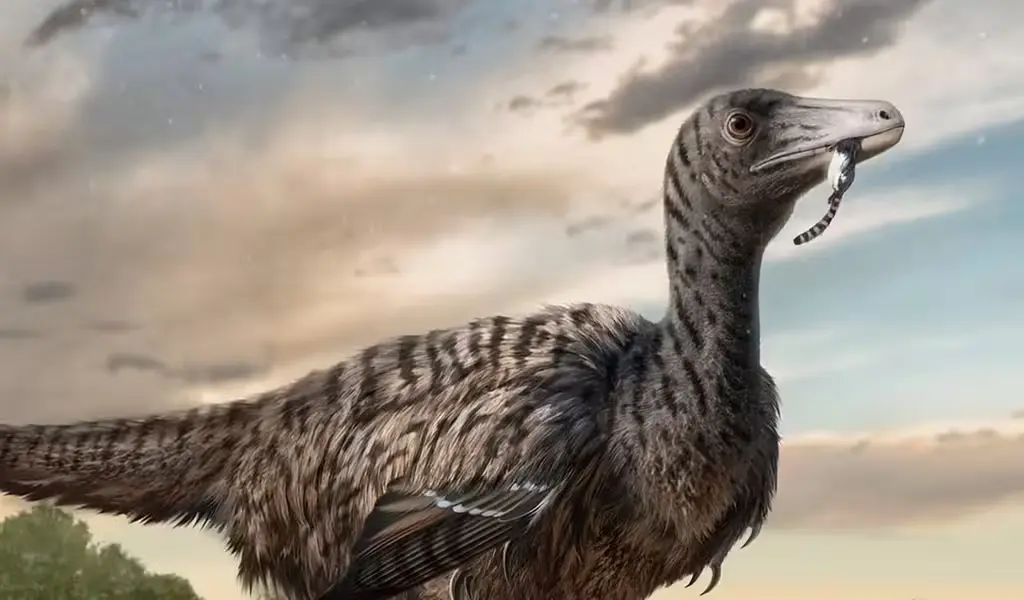
(CTN News) – A team of palaeontologists believes they have discovered fossilized footprints of one of China’s largest raptors. The collection of five fossilized dinosaur footprints is half the length of a school bus.
The footprints were discovered in a dinosaur trackway in south-east China in 2020. Scientists believe dinosaurs walked over the muddy river during the Cretaceous period, leaving footprints. Some footprints have been preserved for tens of millions of years.
The dinosaur trackway was unearthed in Longxiang and is around the size of a hockey rink. Some of the footprints are unusually formed, with intact imprints of only two toes.
Fossilised footprint of megaraptor found in China

Giant fossil footprints lead to megaraptor dinosaur discovery in China
Raptors, or predatory birds, are often small and referred to as deinonychosaurs. For example, a Velociraptor is around the size of a turkey. Few raptors, such as the Utahraptor and Dakotaraptor, increased in size significantly, reaching lengths of 5 to 6 metres. The Triassic ichthyosaur was the largest raptor known until now.
According to the scientists, the predator would have attacked its prey with a pair of huge “killing claws” on each foot.
What scientists discovered recently in China is massive, far larger than the largest superpredator known to date.
Scott Persons of the College of Charleston in South Carolina, and his colleagues, added another large raptor to the list. They named it Fujianipus, and they believe it lived in East Asia some 96 million years ago.
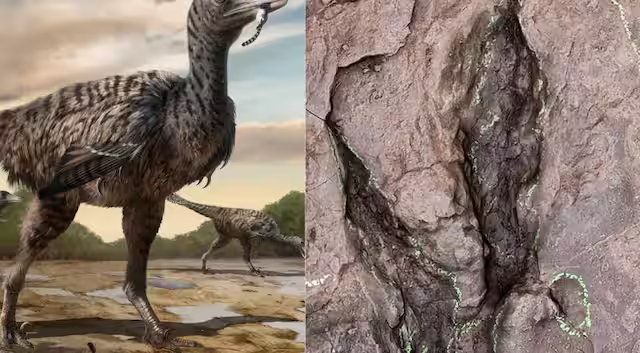
Scott Persons at the College of Charleston in South Carolina and his colleagues added another giant raptor to the list. They named it Fujianipus, and they say it lived in East Asia about 96 million years ago. Photograph:(Twitter)
Persons and his colleagues are currently working on areas of Fujianipus’ skeleton, therefore little is known. The investigators only discovered a few of its 36-centimetre-long imprints.
“Preservation conditions were right for footprints but not so great for bones,” Persons said. However, scientists are certain that the footprints belong to a raptor because each one contains the imprint of only two toes, which corresponds to the foot anatomy of raptors. Raptors generally have three toes, but they keep one off the ground to preserve the big claw at the tip from wear and tear.
People believe Fujianipus demonstrates that raptors had the ability to grow much larger and compete with the largest predatory dinosaurs on the landscape at the time – allosauroids, some of which exceeded 10 metres or more in length.
According to Persons, raptors had an advantage over allosauroids in terms of speed. However, without fossilized leg bones, the researchers cannot correctly measure Fujianipus’ speed.
-

 News4 years ago
News4 years agoLet’s Know About Ultra High Net Worth Individual
-
Entertainment2 years ago
Mabelle Prior: The Voice of Hope, Resilience, and Diversity Inspiring Generations
-
News11 years ago
Enviromental Groups Tell Mekong Leaders Lao Dam Evaluation Process Flawed
-

 Health4 years ago
Health4 years agoHow Much Ivermectin Should You Take?
-

 Tech3 years ago
Tech3 years agoTop Forex Brokers of 2023: Reviews and Analysis for Successful Trading
-

 Lifestyles3 years ago
Lifestyles3 years agoAries Soulmate Signs
-

 Entertainment3 years ago
Entertainment3 years agoWhat Should I Do If Disney Plus Keeps Logging Me Out of TV?
-

 Health3 years ago
Health3 years agoCan I Buy Ivermectin Without A Prescription in the USA?
